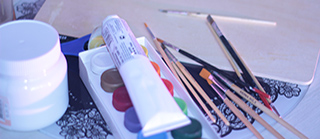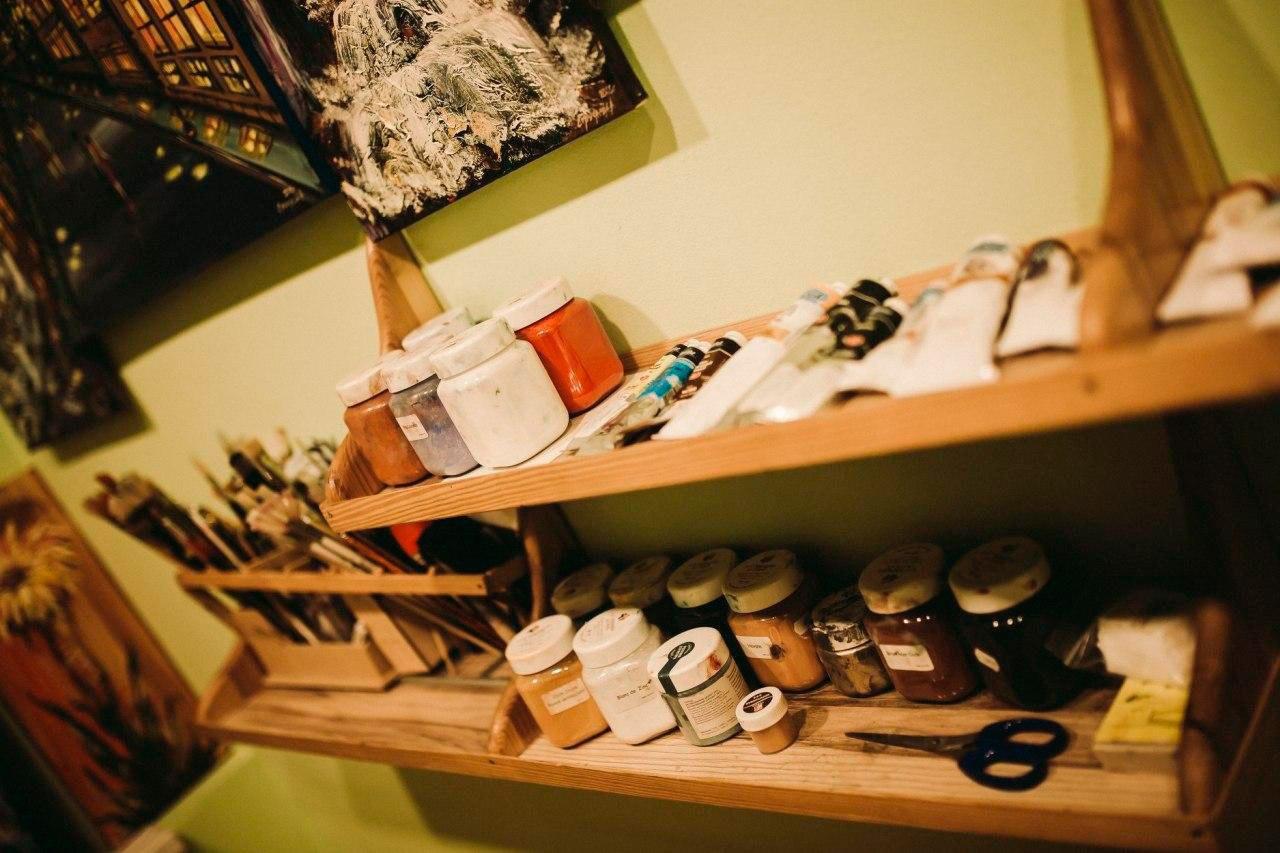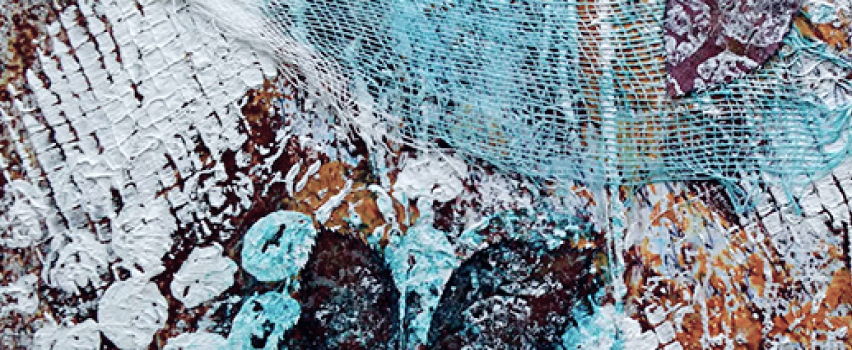
Oil painting has always been especially popular among artists. It allows paintings to maintain their original state for decades. Following all the rules for dealing with oil artworks, they can become a profitable investment and an heirloom passed from generation to generation.
In addition to durability, oil paintings are also distinguished by the duration of their creation, which can reach decades. It is not surprising that when you start work, you need to make sure that you have at hand all the necessary materials and tools. Otherwise, an inexperienced master will encounter difficulties that may occur fatal for the painting.
Where to start?
Starting to work with oil paints, you need to provide yourself with several essentials, without which this process still remains possible, but the final result may disappoint the creator. First of all you will need:

- oil paints (set of 8 colors or more);
- thinner;
- varnish;
- brushes (4-5);
- palette knife (2 or more);
- spatula;
- base (canvas, board, cardboard)
- stretcher;
- palette.
This list is basic and can be expanded. However, having in the assortment all the above, you can safely get to work and not to be afraid to face an urgent need for any materials or tools.
To have a clearer picture of oil painting and the stages of its creation, we will consider some items in the list above in more details.
Paints
The amateur artist does not need to immediately buy a lot of colors. A set with 8-10 colors will be quite enough. It is better to pay more attention to quality and the derivative component. The most common are oil paints from poppy seeds, flax, hemp, sunflower and walnut. Moreover, factory paints in tubes are usually divided into two categories: professional and educational. Their main difference is the ratio of the proportion of pigment to the share of oil and is not significant for a beginner.
Brushes
First of all, the choice of brushes depends on the technique of the work. The subtlety and accuracy of strokes will depend on the shape and material used to make the brush. On average, an artist uses in his assortment 4-5 different brushes in shape and size.
Must haves are:- a thin round brush;
- medium oval brush;
- medium square brush;
- large background brush (number 12 and more).
All of them are divided into synthetic and natural. The most popular natural materials for making art brushes include a kolinsky sable-brush and wild boar bristles. The first are more versatile and are suitable for detailed drawing. The second are often used for large-scale receptions on large canvases (from 60cm on the shorter edge).
Synthetic brushes also perfectly fit various techniques, especially for finer work. In addition, they are more affordable than natural ones, which makes them popular for use by both beginners and experienced craftsmen. However, they have a significant drawback, their service life is very short. When purchasing synthetic brushes, it is better to arm yourself immediately with extra ones, so as not to be left without a tool at the wrong moment.
Palette knife
Palette knife - a tool an artist needs to remove paint from a canvas and move it on a palette. Moreover, there are painting techniques when the work is not done with a brush, but with a palette knife. They may vary in shape, size and material of manufacture, depending on functionality. It is best to start with a medium-sized plastic palette knife. In any case, it is always perfect for mixing paints.
Base
Base is any surface suitable for the use of oil paints. One of the features of working with oil is a wide variety of materials suitable for its application. As a base can be used:
- cardboard;
- board;
- plywood;
- glass;
- even metal.
However, the most common base for many years remains a linen cloth of medium and fine grain size.
Stretcher
Stretchers are divided into simple and modular. The difference is in the presence of partitions in the modular, while the simple are just a frame. The main requirement for them is a durable, dry and smooth material of their derivative.
Palette
Palettes differ in size, shape and material of manufacture. They come in wooden, glass, plastic and tiled. Also, they are divided into palettes for lefties and righties. The most convenient is considered to be a palette of a thin sheet of wood with a special hole for the thumb. Due to the lightness of the material, it can be quite wide and fit all the necessary colors and shades.
Thinner and varnish
Another important feature of oil paints is that they are not diluted with water. Today, there are many different solvents and thinners for oil. Usually, they are based on turpentine or white spirit. Also, there are solvents containing oil, they are characterized by giving a special shine to artworks.
Varnishes are used for better storage of paintings. Their application is not mandatory, but is preferred. The work covered with protective varnish becomes brighter and much more convenient to care for. The seller-consultant of a specialized store will help you choose the varnish that is suitable for you in price and quality. You can also ask for the advice a more experienced artist, but you should not actively experiment with varnishes immediately, as some of them can dissolve oil paints.
The availability of these tools and materials is important for both beginners and professionals. But the most important, of course, remains the desire to create and inspiration. With such a set, feel free to get to work, in the process you yourself will understand what addings you can make to this list personally for you.
If this information was interesting and useful to you, leave your comments and feedback. In addition, share your experience in working with oil paints and recommendations.

The earliest work of Leonardo da Vinci
A small painted tile caused quite a stir among the scientists of the art world. This is because some scholars believe that the recently discovered work is Leonardo da Vinci's earliest known work

Interesting facts about painting
Paintings hold the secrets of the creator. Sometimes we manage to solve them, but many of them continue to be riddles, or simply stay unnoticed.












Thank you, your review has been sent successfully.
It will be posted on the site after moderation.